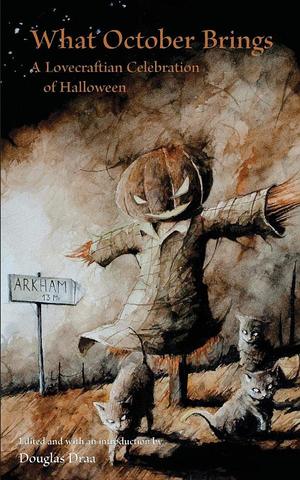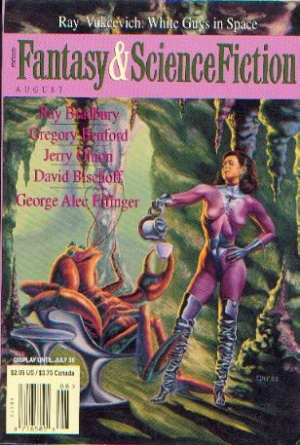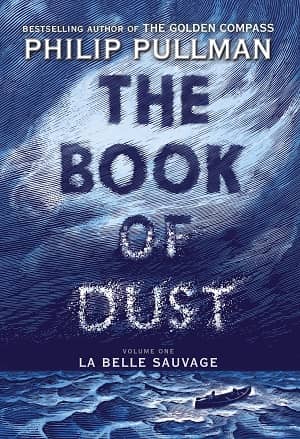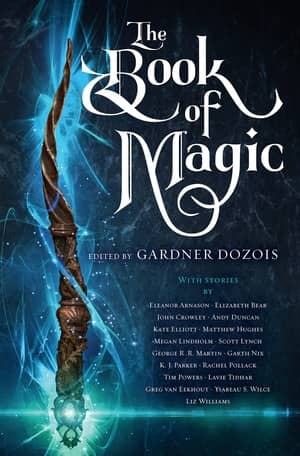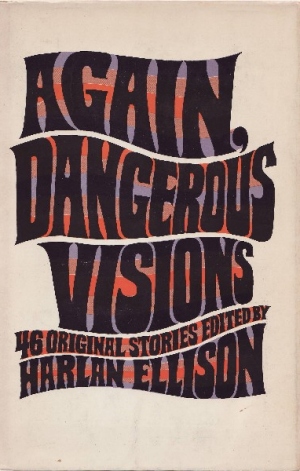New Treasures: The Fantastic Four: Behold… Galactus! by Stan Lee, Jack Kirby, John Byrne and John Buscema
Just how big is the monster-sized Fantastic Four: Behold… Galactus! from Marvel Comics?
HUGE. Several comparison shots have popped up (including Charles R Rutledge’s side-by-side with a Robert Parker hardcover), but my favorite is the one above, borrowed from Bobby Nash’s Patreon page, which shows the book alongside a regulation-size graphic novel. Behold… Galactus! is an impressive 13.5 x 21.2 inches; big enough to double as a kitchen table.
Any way you slice it, this book is a beast. Its massive 312 pages contain virtually all of the early tales of Galactus from Fantastic Four, including Stan Lee and Jack Kirby’s beloved 60s classic “The Coming of Galactus” (from Fantastic Four #48-50) and its sequel “When Calls Galactus” (FF #74-77), plus the Lee-Buscema tale “Galactus Unleashed” (FF #120-123), and John Byrne’s 80s take on the Big G, from FF #242-244 (which includes the famous free-for-all “Everyone Versus Galactus,” from FF 243.)
Monster format aside, these classic stories still make terrific reading, especially the Lee-Kirby tales. The Fantastic Four remains my favorite Marvel Comic, and this book will help you understand why. It was published by Marvel on September 11, 2018. It is 312 pages, priced at $50 in hardcover and $24.99 for the digital version. The cover is by Alex Ross. See all our recent Comics coverage here.
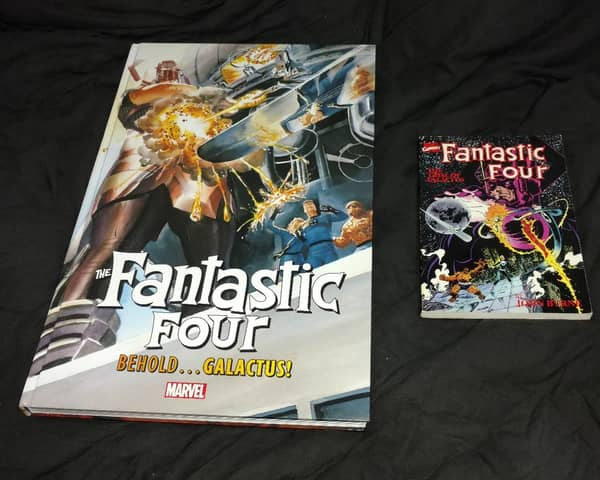
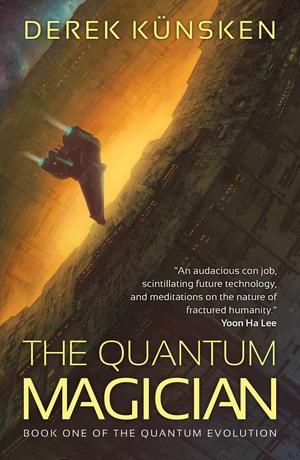
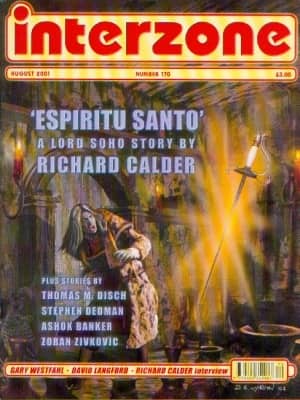
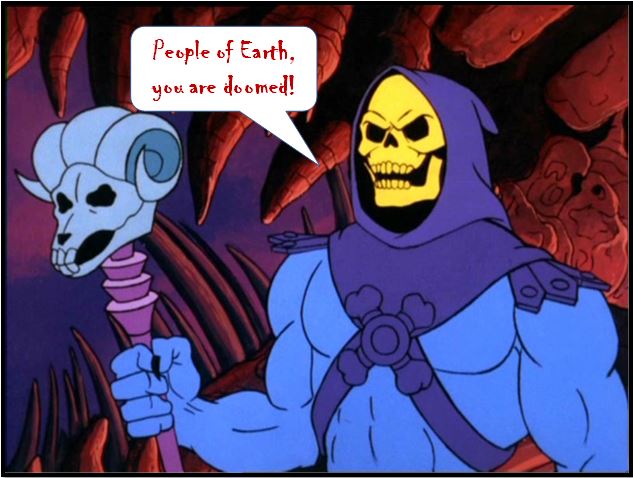
 I saw 60 feature films or showcases of short films this year at the Fantasia International Film Festival. As is the case every year, seeing so many wild visions so close together was a powerful experience. If one film didn’t work, there’d be another one coming right after that’d be completely different. Having been slowed down by a bad cold the last few weeks, I’ve had time to think about what I took away from the Fantasia adventure this year in particular, and I keep coming back to things that struck me during the festival itself: the ability of the programmers to select films; the power of seeing the films as part of an audience and indeed part of a community; and the way those things interact.
I saw 60 feature films or showcases of short films this year at the Fantasia International Film Festival. As is the case every year, seeing so many wild visions so close together was a powerful experience. If one film didn’t work, there’d be another one coming right after that’d be completely different. Having been slowed down by a bad cold the last few weeks, I’ve had time to think about what I took away from the Fantasia adventure this year in particular, and I keep coming back to things that struck me during the festival itself: the ability of the programmers to select films; the power of seeing the films as part of an audience and indeed part of a community; and the way those things interact.